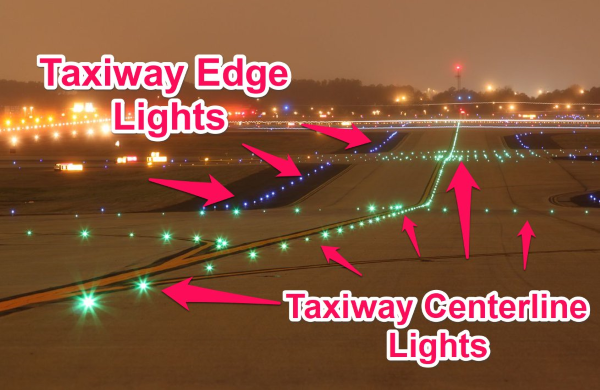

The white lights begin to alternate with red for the next 2,000 feet, and for the last 1,000 feet of the runway, all centerline lights are red. When viewed from the landing threshold, the runway centerline lights are white until the last 3,000 feet of the runway. Probable Cause: The Captain's misjudgment of speed/distance resulted in his failure to obtain the proper touchpoint resulting in an overrun. They are located along the runway centerline and are spaced at 50-foot intervals. According to the operator's performance data for the airplane, the maximum landing weight allowed to utilized runway 4R for the incident landing configuration was 491,500 pounds in a zero wind condition, and 452,800 pounds, with a 5-knot tailwind. b) Alternately flashing green and white light where the aerodrome is situated.
#Alternating red and white runway lights manual
The pilot initiated manual braking with about 1,400 feet of runway remaining. The automatic braking system was initiated approximately three seconds after nose wheel touchdown.

The main landing gear touched down approximately 2,800 to 3,000 feet from the beginning of runway 4R, and the nose gear touched down at about 4,300 feet. A recorded radar and performance study indicated that the airplane crossed the runway threshold at an altitude of about 60 to 120 feet above the ground. Post-incident examination of the airplane, which included a brake inspection and an operational check of the auto brake system, did not reveal any faults or abnormalities. Both flight crew members reported normal cockpit indications before, during, and after the incident. The airplane's nose gear came to rest approximately 238 feet beyond the end of the runway, 115 feet into the EMAS. The airplane departed the end of the runway and entered an Engineered Materials Arresting System (EMAS). The first officer stated he could feel the brakes grab, and the airplane's nose pitched down. The captain stated that with about 3,000 feet of runway remaining, at a speed of 110 knots, he began to apply manual braking. Where they start to alternate red and white for 2,000 feet and eventually solid red for the final 1,000 feet. The captain applied reverse thrust and everything seemed normal until he observed the alternating red and white runway lights, which seemed to be coming up fast.

The captain reported that the airplane touched down between 1,500 and 1,800 feet beyond the approach end of the runway, at an airspeed of about 158 knots. The airplane's landing weight was about 470,000 pounds, and it was configured for a normal approach, which included auto brakes set to minimum and 35 degrees of flaps. He stated that he utilized the autopilot to 500 feet, before clicking it off, and stayed on the glideslope. The flight crew received the current automated terminal information service weather, which included winds from 240 degrees at 4 knots. The cargo airplane was on approach to land at night, on runway 4R an 8,400-foot-long, asphalt runway. Kennedy International Airport, NY (JFK)Īccident investigation report completed and information captured Kennedy International Airport, NY (JFK/KJFK).


 0 kommentar(er)
0 kommentar(er)
